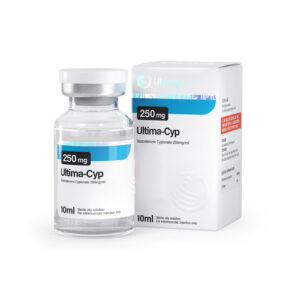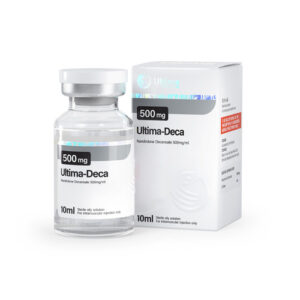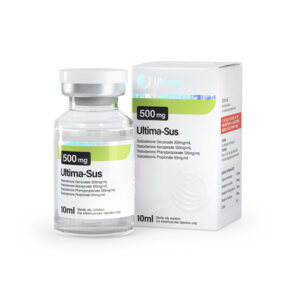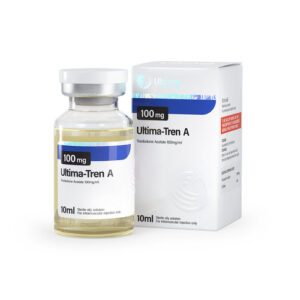Injectable Steroids for sale
Steroid Injections: Varieties, Objectives, Hazards, and Advantages
What are Steroids?
Steroids are a class of naturally occurring or synthetic compounds commonly utilized for diverse medical and athletic objectives. They exert numerous physiological effects on the body, such as heightened muscle mass, strength, and endurance.
Various types of steroid injections exist. Among them, the most renowned is the anabolic steroid, employed to augment muscle mass and enhance athletic performance. Anabolic steroids, synthetic versions of the male sex hormone testosterone, are utilized by athletes, bodybuilders, and others to boost physical prowess. Nonetheless, the utilization of anabolic steroids can entail severe side effects, encompassing liver damage, cardiovascular ailments, and hormonal imbalances.
Another category is corticosteroids, utilized for managing a range of medical conditions like inflammation, allergies, and autoimmune disorders. Corticosteroids function by dampening the immune response and mitigating inflammation. They are accessible in diverse forms, including oral medications, injections, and topical creams.
Why Steroids are Administered via Injection
Steroid injections serve therapeutic purposes in addressing specific medical conditions such as delayed puberty, growth disorders, and muscle deterioration stemming from illnesses like cancer and AIDS. In these instances, steroids are utilized to foster growth and muscle development.
Epidural injections entail delivering medications to the epidural space surrounding the spinal cord. Similar to the brain, the spinal cord is well shielded by spinal fluid, contained within multiple layers of membranes.
These injections comprise a long-acting steroid and a local anesthetic. The steroid diminishes inflammation and irritation, while the anesthetic interrupts pain signal transmission. Subsequently, the medication disperses throughout the spine to mitigate inflammation and irritation. The entire procedure typically takes under fifteen minutes.
Administering epidural steroid shots is a straightforward and safe procedure. Conducted under x-ray guidance and light sedation, patients are typically discharged within 1-2 hours and can resume normal activities the following day, if sedation is utilized.
Steroid Applications
The primary objective of administering steroids via injection is to alleviate inflammation and pain. Corticosteroids, a subtype of steroid, are frequently employed in treating conditions such as rheumatoid arthritis, lupus, and other inflammatory ailments. By directly injecting steroids into the affected area, the drugs can promptly reduce inflammation and alleviate pain.
Injection is also a prevalent approach for administering anabolic steroids, utilized to augment muscle mass and strength. Injecting anabolic steroids directly into the muscles enables swift and efficient absorption by the target tissues.
Furthermore, injections bypass the digestive system and liver, a notable advantage. When steroids are orally ingested, they undergo metabolism by the liver before entering the bloodstream. This can diminish drug efficacy and heighten the risk of side effects. By injecting steroids directly into the bloodstream, they bypass the liver, reaching target tissues more swiftly and effectively.
Steroids can be injected for various medical and athletic objectives. Injection is favored as it enables direct delivery into the bloodstream, facilitating rapid and efficient access to target tissues.
Benefits of Epidural Steroid Injections
- Minimally invasive
- Swift recovery
- High success rate
- Local anesthesia
- Minimal or no blood loss
- Reduction of inflammation and irritation
- Procedure typically takes less than 15 minutes
- Same-day outpatient procedure
Conditions Treatable with Epidural Steroid Injections Typically, epidural steroid injections are employed to alleviate pain associated with various spinal conditions, including:
- Radicular pain/radiculitis: Pain stemming from an irritated spinal nerve root, often radiating outward.
- Nerve compression in the cervical spine (neck) and lumbar spine (lower back).
Other conditions amenable to treatment with epidural steroid injections encompass:
- Degenerative disc disease
- Spinal stenosis
- Herniated discs
- Spondylosis
- Sciatica
Steroid Disadvantages
While steroids offer beneficial effects, they also carry potential drawbacks. These may include weight gain, acne, mood fluctuations, and heightened risk of heart disease and liver complications. It’s imperative to use steroids under healthcare provider supervision and adhere meticulously to their guidance.
Side Effects of Steroids
It’s crucial to recognize that despite their benefits, steroids can induce side effects. These can include weight gain, acne, mood swings, and increased risks of heart disease and liver issues. Additionally, steroid injections must be administered under healthcare provider supervision, with strict adherence to instructions.
In summary, steroids are injected for diverse medical and athletic purposes, such as alleviating inflammation and pain, augmenting muscle mass and strength, and circumventing the digestive system and liver. Injection facilitates direct delivery into the bloodstream, ensuring swift and efficient access to target tissues. Nevertheless, injections entail certain risks and should only be conducted by qualified healthcare providers.
Sources:
https://www.atlanticspinecenter.com/treatments/epidural-steroid-injections/
https://www.dea.gov/factsheets/steroids































